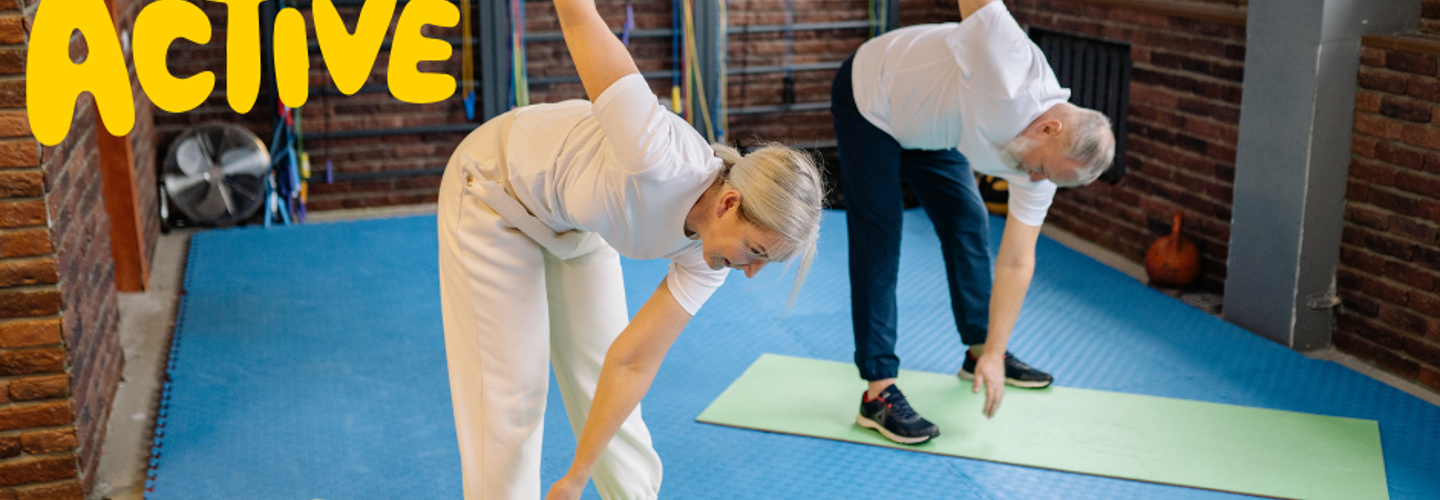
Keep Your Mobility for Independent Later Life!
Published: 27/05/2025
From the earliest stages of life, mobility represents more than just movement—it embodies freedom. We see it in the sheer delight of infants rolling over or taking their first steps. Yet as we age, this freedom can fall away. Studies show that a fifth of adults over 65 face some poor mobility, adversely impacting their independence and quality of life.
Maintaining mobility is not just about keeping up physical movement, it needs a holistic approach to improve our general well-being. Reduced mobility can lead to serious health issues, higher risk of going to hospital, and reduced social interaction. This can affect our mental health and quality of life. Recognizing these challenges early is essential. Simple questions can reveal significant insights into your loved one's mobility:
· Do they struggle with climbing stairs or walking due to health reasons?
· Have they adapted their movements due to physical limitations?
If the answer is yes, it is time to consult your GP and or occupational therapists to develop a plan for maintaining and improving mobility.
Prevention is the key. Regular physical activity (within our abilities) is key. 2 hours per week of moderate exercise will improve our strength, flexibility, and balance. To ensure the maximum benefit keep in mind your mental health and try to keep up healthy lifestyle habits, including a balanced diet and careful medication management.
For those already facing mobility challenges, various assistive devices can be really helpful:
Mobility Aids: Walkers, scooters, and canes enhance mobility safely.
Support Devices: From shower chairs to bed rails, these ensure daily activities are manageable and safe.
Technology also plays a pivotal role, offering solutions like smartwatches for fall alerts, pill dispensers for medication management, and sensors to monitor activity levels.
Addressing falls is crucial, given their prevalence among the elderly and the risk that a fall can cause serious injuries. Regular healthcare check-ups, home safety assessments, and learning safe falling techniques can significantly reduce risks.
Engaging the occupational therapists can really improve daily living. They are trained to assess our home environment, and are good at recommending useful modifications for safety and accessibility. Grants may be available from your local authority for home adaptations including stair lifts.
Preserving mobility in old age is not just about movement; it is about preserving independence, dignity, and quality of life. By implementing these strategies and staying proactive, we can enjoy life to the fullest, regardless of age or mobility challenges. For more personalized advice, consult healthcare professionals and explore tailored solutions that fit your needs.

